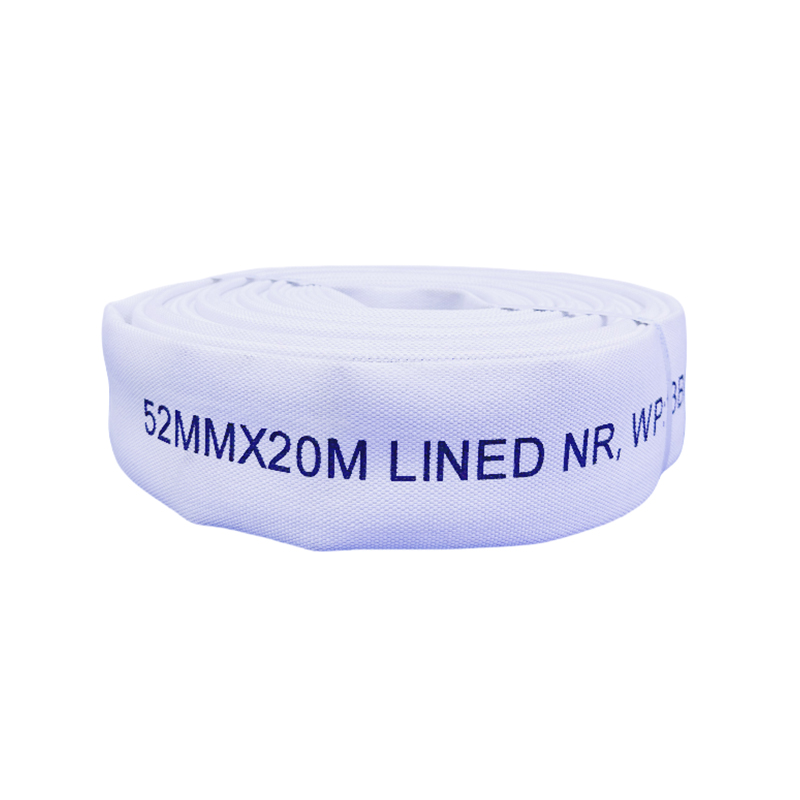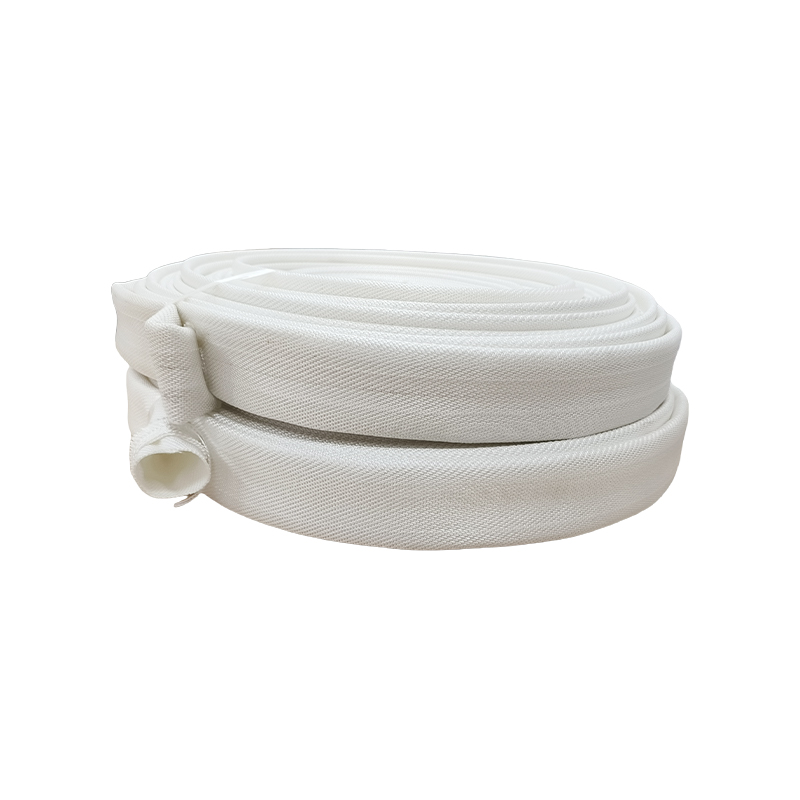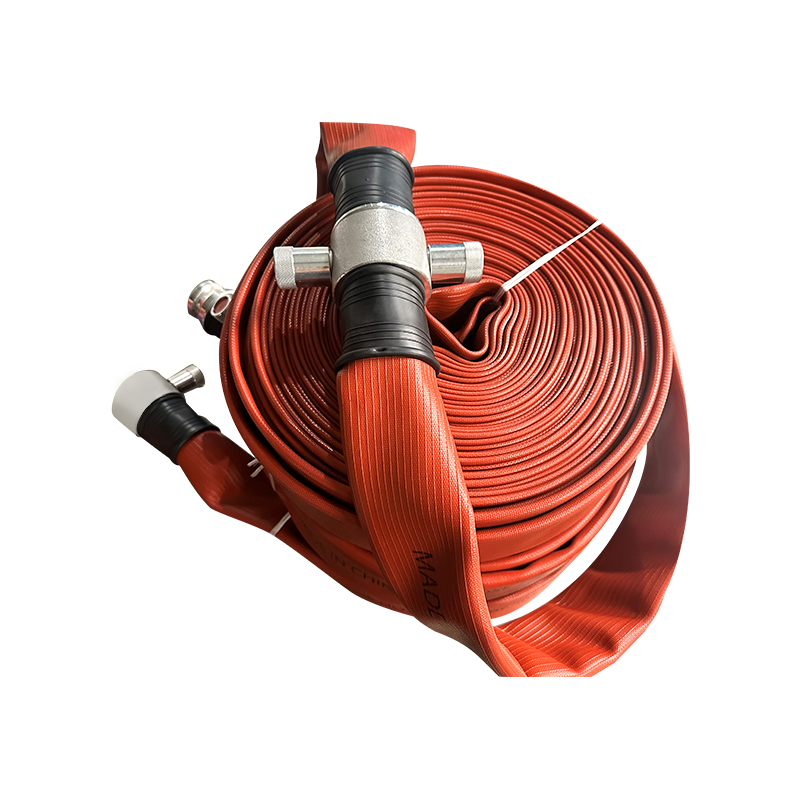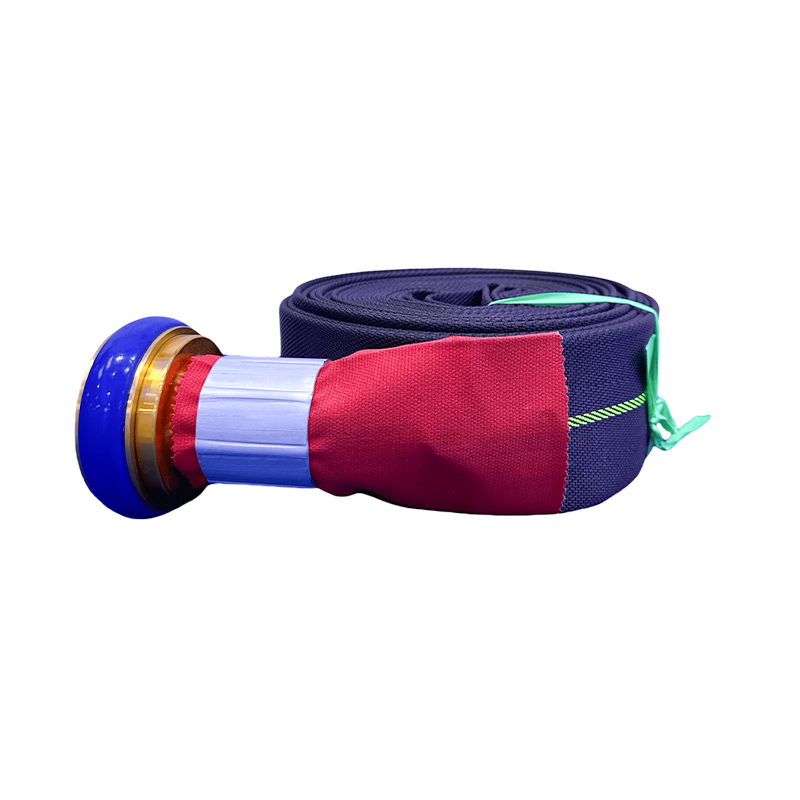- 1 Choosing the Best PVC Layflat Hose for Irrigation
- 2 PVC Layflat Hose vs Rubber Hose: A Detailed Comparison
- 3 How to Repair a PVC Layflat Hose: Step-by-Step Guide
- 4 Lightweight PVC Layflat Hose for Farming: Advantages & Specifications
- 5 Durable PVC Layflat Hose for Construction Sites: Features & Safety Tips
PVC layflat hoses are essential tools in various industries, including agriculture, construction, and firefighting. Their collapsible design allows for easy storage and transportation, making them a preferred choice for professionals who require efficient water transfer solutions. These hoses are designed to handle different pressure levels, resist abrasion, and remain flexible even under challenging conditions.
In this detailed guide, we will explore the best PVC layflat hose options for irrigation, compare them with traditional rubber hoses, provide step-by-step repair instructions, and discuss their applications in farming and construction. By the end, you'll have a thorough understanding of how to select, maintain, and optimize these hoses for your specific needs.
1" - 6" Canvas Hose PVC Lined Layflat Hose For Fire Extinguishing/Agricultural Irrigation
Choosing the Best PVC Layflat Hose for Irrigation
When selecting a PVC layflat hose for irrigation, several factors must be considered to ensure optimal performance and longevity.
Key Features to Look For:
- Material Quality - High-quality PVC with UV stabilization prevents degradation from prolonged sun exposure, ensuring the hose remains durable even in harsh weather.
- Flexibility & Kink Resistance - A good irrigation hose should lay flat when in use and resist kinking, allowing for smooth water flow without interruptions.
- Diameter & Pressure Rating - Common diameters range from 1" to 6", with pressure ratings between 2 and 10 bar. Larger diameters are ideal for high-volume water transfer, while smaller ones work well for drip irrigation.
- Reinforcement Layers - Some hoses feature polyester or nylon reinforcement to enhance burst resistance, making them suitable for high-pressure applications.
Benefits in Agricultural Use
Farmers rely on PVC layflat hoses for their lightweight nature, ease of deployment, and resistance to chemicals commonly found in fertilizers. Unlike rigid piping systems, these hoses can be quickly rolled out and repositioned, saving time and labor costs. Additionally, their smooth inner lining minimizes friction loss, ensuring efficient water delivery to crops.
PVC Layflat Hose vs Rubber Hose: A Detailed Comparison
When deciding between a PVC layflat hose and a traditional rubber hose, it's important to weigh the advantages and limitations of each.
Parameter Comparison
| Feature | PVC Layflat Hose | Rubber Hose |
|---|---|---|
| Weight | Extremely lightweight, easy to maneuver | Heavy, requires more effort to transport |
| Cost | More affordable, budget-friendly | Expensive due to material and manufacturing |
| Durability | Good with UV treatment; may degrade over time | Highly durable, resistant to wear and tear |
| Flexibility | Highly flexible, lays flat when not in use | Less flexible, retains shape when coiled |
| Chemical Resistance | Resists most agricultural chemicals | Better resistance to oils and solvents |
| Storage | Takes up minimal space when drained | Bulky, requires more storage area |
Which One Should You Choose?
- PVC Layflat Hose is ideal for temporary setups, irrigation, and situations where portability and cost-efficiency are priorities.
- Rubber Hose is better suited for heavy-duty industrial applications where extreme durability and chemical resistance are required.
How to Repair a PVC Layflat Hose: Step-by-Step Guide
Even the most durable hoses can develop leaks or punctures over time. Fortunately, repairing a PVC layflat hose is a straightforward process.
Tools & Materials Needed:
- PVC repair kit or waterproof adhesive tape
- Scissors or utility knife
- Sandpaper (for smoothing rough edges)
- Marker (to identify the damaged area)
Step-by-Step Repair Process:
- Locate the Leak - Inflate the hose slightly and inspect for escaping air or water. Mark the damaged section.
- Clean & Dry the Area - Wipe the hose with a clean cloth to remove dirt and moisture, ensuring proper adhesion.
- Sand the Surface - Lightly sand the damaged area to create a smooth surface for the patch.
- Apply the Patch - Cut a patch from the repair kit (or use heavy-duty tape) and firmly press it over the leak, ensuring no air bubbles remain.
- Allow Time to Cure - If using adhesive, let it dry completely before reusing the hose.
Preventive Maintenance Tips:
- Avoid dragging the hose over sharp surfaces.
- Store it away from direct sunlight when not in use.
- Drain water completely before storage to prevent mold growth.
Lightweight PVC Layflat Hose for Farming: Advantages & Specifications
Farmers often require hoses that are easy to handle, yet durable enough to withstand daily use. A lightweight PVC layflat hose for farming meets these demands effectively.
Key Advantages:
- Effortless Handling - Lightweight construction reduces fatigue when moving hoses across large fields.
- Quick Deployment - Can be unrolled and connected rapidly, saving valuable time during irrigation cycles.
- Chemical Resistance - Withstands exposure to fertilizers, pesticides, and other agricultural chemicals without degrading.
Recommended Specifications:
- Diameter: 2" to 4" (balances water flow and portability)
- Pressure Rating: 4-6 bar (sufficient for most irrigation systems)
- Material Thickness: 3-5mm (ensures durability without adding excessive weight)
Durable PVC Layflat Hose for Construction Sites: Features & Safety Tips
Construction sites demand hoses that can endure rough handling, high pressure, and exposure to debris. A durable PVC layflat hose for construction sites must meet strict performance criteria.
Essential Features:
- Reinforced Construction - Multiple polyester layers enhance burst resistance.
- Abrasion-Resistant Coating - Protects against damage from rocks, gravel, and sharp objects.
- High-Pressure Tolerance - Rated for at least 10 bar to handle heavy-duty water pumping.
Safety & Usage Tips:
- Inspect Regularly - Check for cuts, bulges, or wear before each use.
- Avoid Over-Pressurization - Stay within the recommended PSI to prevent ruptures.
- Proper Storage - Coil the hose neatly and keep it away from extreme heat or chemicals.
PVC layflat hoses are versatile, cost-effective solutions for irrigation, farming, and construction. Whether you need the best PVC layflat hose for irrigation, a lightweight option for farming, or a durable hose for construction sites, understanding key specifications ensures optimal performance.
By comparing PVC layflat hose vs rubber hose, you can make an informed decision based on your needs. Additionally, knowing how to repair a PVC layflat hose extends its lifespan, saving you money in the long run.
For maximum efficiency, always choose a hose with the right pressure rating, diameter, and material quality for your specific application. With proper care, a high-quality PVC layflat hose will serve you reliably for years.


 en
en
 عربى
عربى









